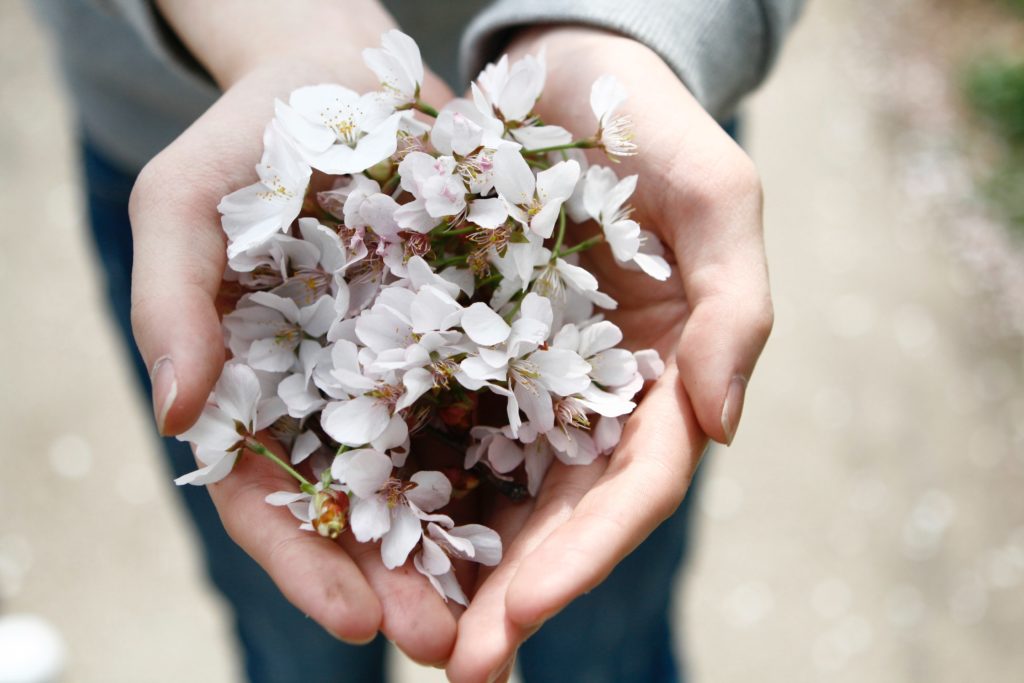Sometimes, when we are not paying attention or attending to what is in front of us in our lives, we throw ourselves out of balance. I was reminded of this last summer when I realized in a moment of panic that I had forgotten to turn the water off from the hose outside that I was using to add some water to our pool. Instead of letting the water run for a half hour or so, I had accidentally let it run for about 24 hours! This was a big mistake on many accounts, with consequences such as overflowing the pool, wasting precious water, potentially draining our well, during a drought no less, not to mention throwing the perfectly balanced water out of balance, as evidenced by the cloudy, murky color that it began to turn!
Normally, to keep the water balanced, I test it periodically with a test strip so that I can make small adjustments as needed. In this case, my lack of attending to what I was doing took a bigger toll and required additional efforts to restore equilibrium.
So it is with us too, is it not? If we set aside the time on a consistent basis to attend to our needs and to notice when we start to become out of balance, we can take steps to self-correct, to engage in the necessary self-care to come back into balance (or to help bring a relationship back into balance). But if our inattention and mindlessness go on for too long, it can be much harder to repair the imbalances, and can take a toll on our emotional and/or physical health.
Identifying Your “Test Strip”
In the case of the swimming pool it is easy to stick a special strip of paper into the water to determine if the chemicals are in balance. While we human beings don’t have such a simple test for our lives, we do have the next best equivalent thing: our AWARENESS. We can begin to pay close attention to:
- the physical sensations in our bodies
- our moods/emotions
- the thoughts in our heads
- our behaviors.
If we attend to these four things periodically, throughout the day, for a few minutes at a time, we begin to gain helpful information about whether we are becoming out of balance, and if so, what wise actions might be most helpful or needed at any given time.
In particular, you might practice looking for signs of stress and tension in your body. We are often clenching and tensing throughout the day without realizing it.
You might also begin to pay more attention to the nuances of your emotions. Are you irritated, frustrated, sad, disappointed, discouraged, unsettled, worried, or something else? How could these emotions offer you information about what you might need?
Our thoughts can also be very helpful to learn to pay attention to, as they often sneak below the surface of our awareness and can be quite negative, self-critical, inaccurate, and at times distorted. And if we can catch our behaviors before they spiral or escalate, we have a chance to intervene more quickly.
Developing Your “Test Strip”
To develop your “test strip” you might ask yourself: what are my warning signs of becoming out of balance in each of these areas? Write them down and keep them handy so you can refer back to them. For example, on a physical level, I might notice tension in my neck, clenching my jaw, and breathing shallow as signs of stress building up. When I first start to feel overwhelmed or irritable, those are signals for me that something is out of balance. When my thinking becomes all-or-nothing (e.g., “I’ll never have enough time” or “why does no one ever help around the house”), that is a good indicator that I need to pay attention. And when I start to snap over little things, I know I need some recalibration — sooner than later.
To further develop this, ask yourself: what helps me come back into balance? Make a list that you can refer to that includes multiple things you can do, that might be appropriate in a variety of situations. Some examples might include: reaching out and connecting with someone; taking a few minutes to do some mindful breathing, spending a few minutes in nature, doing something creative, engaging in physical activity, doing something kind for yourself or someone else, spending a few minutes genuinely appreciating something in your life, or taking some much needed rest. Come up with your own list and add to it as you notice what helps you come back into balance.
Sometimes a few minutes of mindful attention and small adjustments over the course of the day, and on a regular basis, can prevent our stress from overflowing and can help us avoid the need for bigger interventions at greater cost.
Originally published on PsychCentral

